Science Hill History
Science Hill is located in Pulaski County, Kentucky and lies along highway 1247, west of Highway 27, just north
of the county seat of Somerset. It is a sleepy little burg that is divided by railroad tracks beside a few
commercial
entities and residential homes. The town received its name from Willie Bobitt who established the Post
Office during
the year 1874. He decided not to name the Post Office after himself but instead named it after his
favorite subject,
science, and for the hill which the town is located upon. The post office was first operated within a
mercantile stored owned
by Mr Gragg until it was moved to another store operated by W. J. Goodwin. The Post Office remained in
the store for
about sixty years. Mail was delivered by stage coach from Somerset to Science Hill then to Stanford. The Post Office and
Science Hill was
officially incorporated 8 April 1882. During 1976 a brick Post Office was constructed in Science Hill
which is currently used.
Our Lay family attended the Science Hill Church of the Nazarene which was organized in 1916. The church was the result
of the mergence of the tabernacle located in Norwood and another located on Stanford Street. Both churches were based
on the Wesleyan theory of believing in holiness or purity of heart as a work of grace. The church was attended by several
members of the Lay family, Lela Lay and her husband and her sister Flonnie Lay.
The raising of the church began during 1915. Wood roof shingles were hauled by a goat pulled wagon and May Apple roots
were dug and sold to fund the construction. A new building was built of brick during 1958 and the pews from the old church
were used in the current building. The first building was parceled out to local residents when it was razed.
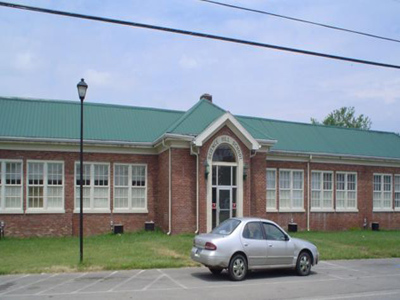

The Science Hill School located on Stanford Street was originally a one-room log structure. Kentucky
Educational system started in
1838 and two school districts resulted within Pulaski County. The Science Hill District 39 and a certified
teacher was then formalized
for employment at the school. The structure was later used as tenant housing. The current structure was used for a
place of worship until
more space was needed and an additional room was added during 1895. The additional room enabled the school
to teach primary
grades through the first two grades of high school.
Science Hill was known for its agriculture specifically farming products such as wheat, corn, rye, oats, barley and
buckwheat. Later farming shifted from grain products to tobacco and livestock. Beef and dairy cows are the mainstay
for the farmers presently. A black-smith was located on Stanford Street, a grain mill, Science Hill Milling Company, and a
hotel operated within the small town.
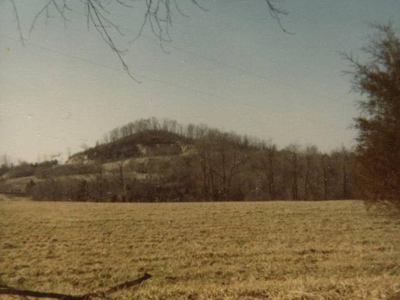
This photo of the Holtzclaw Knob rock quarry was taken during the 1980s.
The railroad which runs through the center of Science Hill began during 1877. The timbers were cut by local denizens which
provided sporadic employment; and rock ballast was mined at the Holtzclaw Knob rock quarry operated by Walter Lay. The rock
was hauled via a rail spur built from the depot in Science Hill to the Holtzclaw Knob. Walter “Pop” Lay’s cousin George Lay
worked at the Science Hill Railroad Station as a rail hand.
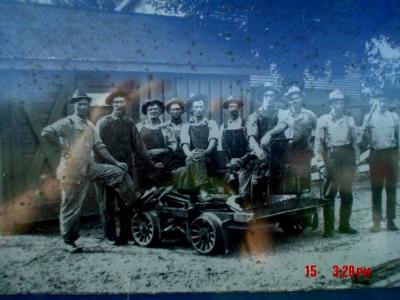
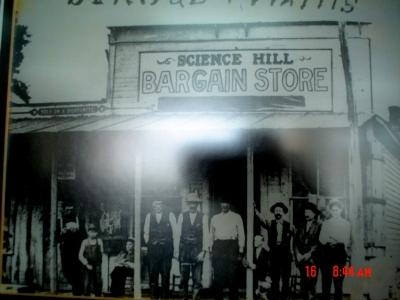
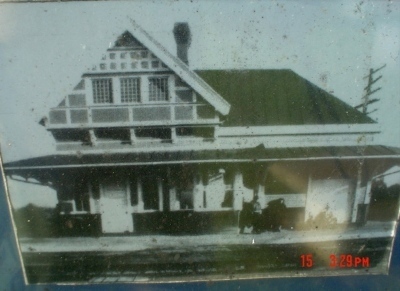
The Science Hill Telephone Exchange was first operated from a private residence in the town. There were no telephone numbers
but a series of short and long rings on a party line. The Exchange was moved from home to home over the years until the Exchange
was closed during the 1960’s. Ed Mize, the son of Jack and Martha Mize, (SEE ANDREW JACKSON MIZE FAMILY) was an operator for the exchange after
his legs were severed when “hopping” the train from Science Hill to Somerset.
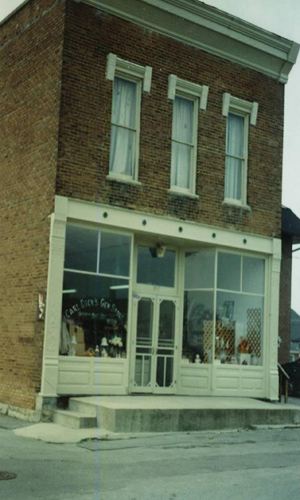
A familiar landmark in town is the Carl Dick General Store. The store was started about the year 1916 and has provided services
to the community ever since. The store was frequented by the Lay family during the years. During the 1980’s the store was
updated to include items such as antiques, jewelry and novelty items. Science Hill has a small police department with
an even smaller jail within the department building. The town has a small village attitude with a long lineage of family
names such as Swearingen, Mize, Lay, and Vaught familiarity. The few streets are walked with ease and there is always a “Hi!”
This is truly an American town.






